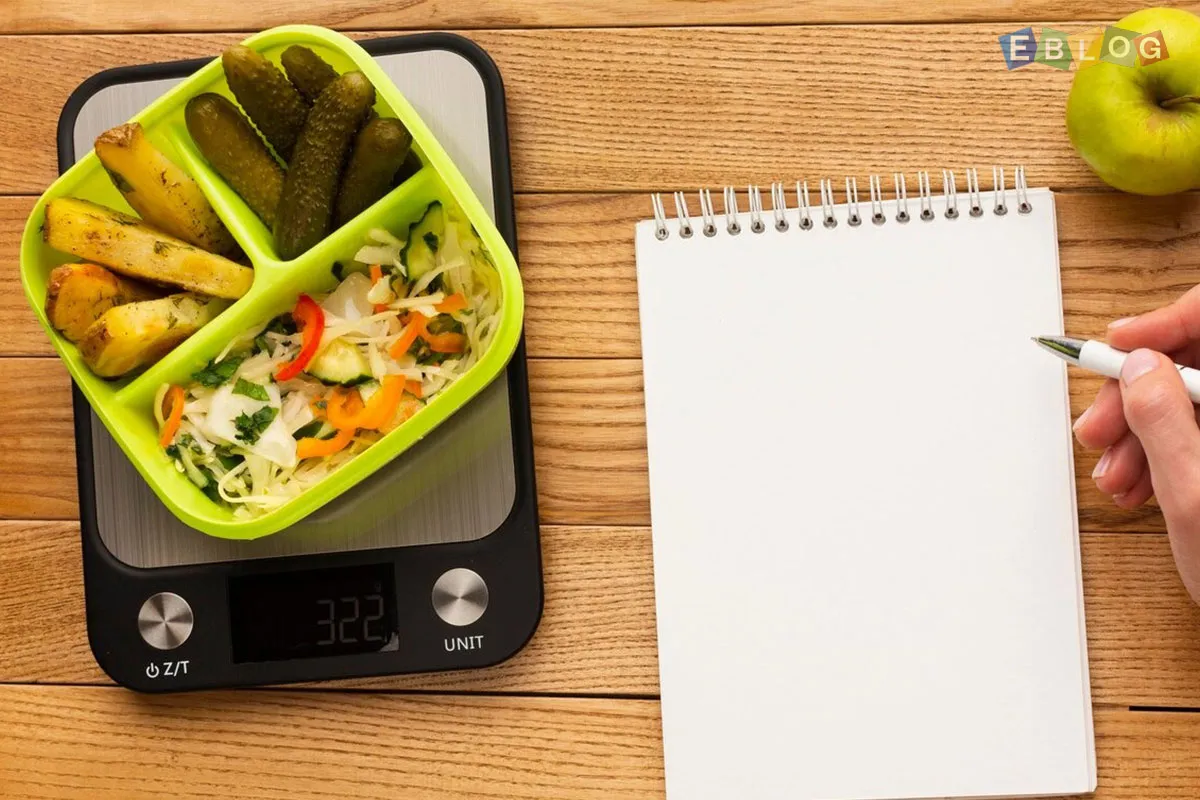
How to Meal Prep for the Week: Simple Steps to Save Time
- 13 Nov, 2024
- Food
- 538 Views
- 0 Comments
Meal prepping is a game-changer for busy people looking to save time, eat healthier, and reduce stress around mealtimes. By spending a few hours on the weekend preparing meals, you can enjoy a week of home-cooked food that’s ready to go whenever you are. Whether you're a beginner or seasoned pro, meal prepping doesn’t have to be complicated. With the right strategy, you can create delicious, nutritious meals that fit your lifestyle. Here’s a simple step-by-step guide to get you started.
1. Plan Your Meals
The first step to successful meal prep is planning. Knowing what you'll eat throughout the week prevents last-minute decisions and ensures you have all the ingredients you need.
What to Do:
a. Choose Recipes: Pick 3–5 meals that you can rotate throughout the week. Aim for a balance of protein, vegetables, and carbs. Think of dishes that can be cooked in bulk, like stir-fries, casseroles, salads, or grain bowls.
b. Consider Versatility: Choose recipes where ingredients can be used across multiple meals. For example, grilled chicken can be added to salads, wraps, or rice bowls, making it easier to prep in large quantities.
c. Snack and Breakfast Options: Don’t forget about breakfast and snacks. Overnight oats, chia pudding, or yogurt parfaits can be prepped in advance. Portion out snacks like nuts, fruit, or energy bars too.
2. Make a Grocery List
Once you’ve decided on your meals, the next step is making sure you have everything you need. A well-thought-out grocery list will save you from impulse buys and multiple trips to the store.
What to Do:
a. Break It Down by Category: Organize your grocery list into categories like vegetables, proteins, grains, dairy, and pantry staples. This will make shopping more efficient and ensure you don’t forget key ingredients.
b. Buy in Bulk: To save money and reduce the need for frequent grocery store trips, buy ingredients like grains, beans, and meats in larger quantities. These items have a long shelf life and can be used in multiple meals.
3. Batch Cook and Prep Ingredients
Meal prepping doesn’t necessarily mean cooking every single meal from scratch. Instead, focus on prepping ingredients that can be assembled quickly during the week. This saves you time while ensuring you have healthy meals at the ready.
What to Do:
a. Cook Proteins in Bulk: Grill or roast large batches of chicken, turkey, beef, or tofu. If you like variety, cook a couple of different proteins to rotate through the week.
b. Prepare Grains & Carbs: Cook large portions of rice, quinoa, or pasta, and store them in individual containers. You can also roast sweet potatoes or bake potatoes to have on hand.
c. Chop Vegetables: Wash, peel, and chop your vegetables for easy use. Store them in airtight containers or ziplock bags. Roasting or steaming some vegetables ahead of time can also save time.
d. Prepare Sauces & Dressings: Make your favorite sauces, dressings, or marinades in advance. Having these on hand adds flavor to meals and makes them more exciting.
4. Store Meals Properly
Proper storage is key to keeping your meals fresh throughout the week. Using airtight containers will keep your food organized and prevent spoilage.
What to Do:
a. Use Glass Containers: Glass containers are durable and help preserve the freshness of your meals. They’re also microwave-safe and easy to clean.
b. Invest in Portion-Control Containers: Using smaller containers for individual meals makes grabbing lunch or dinner a breeze. It also helps with portion control.
c. Label and Date: Label each container with the date it was prepared. This will help you keep track of how fresh the meals are and ensure you don’t eat something past its prime.
5. Assemble Meals for the Week
Once everything is cooked and prepped, it’s time to assemble your meals for the week. This is where you can get creative and mix and match ingredients to keep things interesting.
What to Do:
a. Create Balanced Meals: Aim to include a protein, a grain or carb, and a vegetable in each meal. For example, a grilled chicken breast, brown rice, and steamed broccoli.
b. Use Meal Containers: Put each meal into a separate container to make it easy to grab and go. Consider mixing and matching ingredients (like using rice in one meal and quinoa in another) to keep variety while still using prepped ingredients.
c. Snack and Breakfast Prep: Portion out snacks and breakfast items, like pre-cut fruit, yogurt cups, or overnight oats, to keep everything organized and ready to grab when needed.
6. Store & Reheat Meals
Reheating meals properly will ensure they taste fresh and delicious throughout the week. Proper storage also reduces waste and keeps food safe.
What to Do:
a. Refrigerate or Freeze: Store most of your meals in the refrigerator, but if you're prepping meals for the second half of the week, consider freezing them. Freezing will keep them fresh for up to a month.
b. Reheat Safely: When reheating meals, be sure to heat them thoroughly to avoid foodborne illness. Use a microwave, stove, or oven, depending on the meal. If reheating frozen meals, give them time to thaw in the fridge overnight.
7. Stay Flexible
One of the best parts of meal prepping is the flexibility it offers. If something comes up, or you want to switch things up mid-week, it’s easy to make adjustments. Having your ingredients prepped means you’re not tied to any rigid schedule.
What to Do:
a. Switch Up Ingredients: If you feel like mixing things up, you can swap proteins, grains, or veggies based on what you have available.
b. Use Leftovers Creatively: Leftovers can be turned into a different meal or used in salads, wraps, or soups. If you have extra rice, it could be turned into a fried rice dish, or leftover roasted chicken could be added to a salad.
8. Conclusion
Meal prepping is an excellent way to save time, eat healthier, and reduce the stress of figuring out what to eat during a busy week. With just a little planning, grocery shopping, and batch cooking, you’ll have delicious meals ready to go whenever you need them. So, take a few hours over the weekend to prep, and you’ll be set for the week ahead. Whether you’re prepping lunches for work, family dinners, or snacks for on-the-go, the key to meal prep success is simplicity and consistency. Happy prepping!





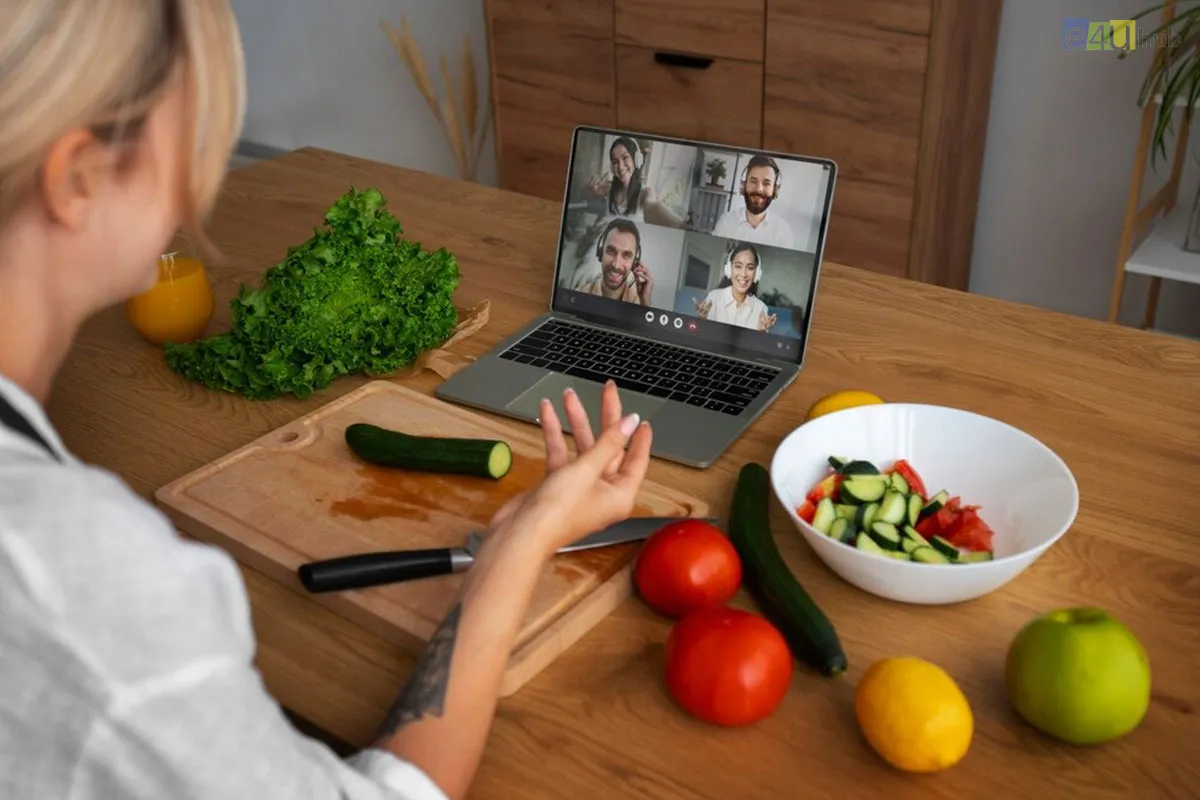
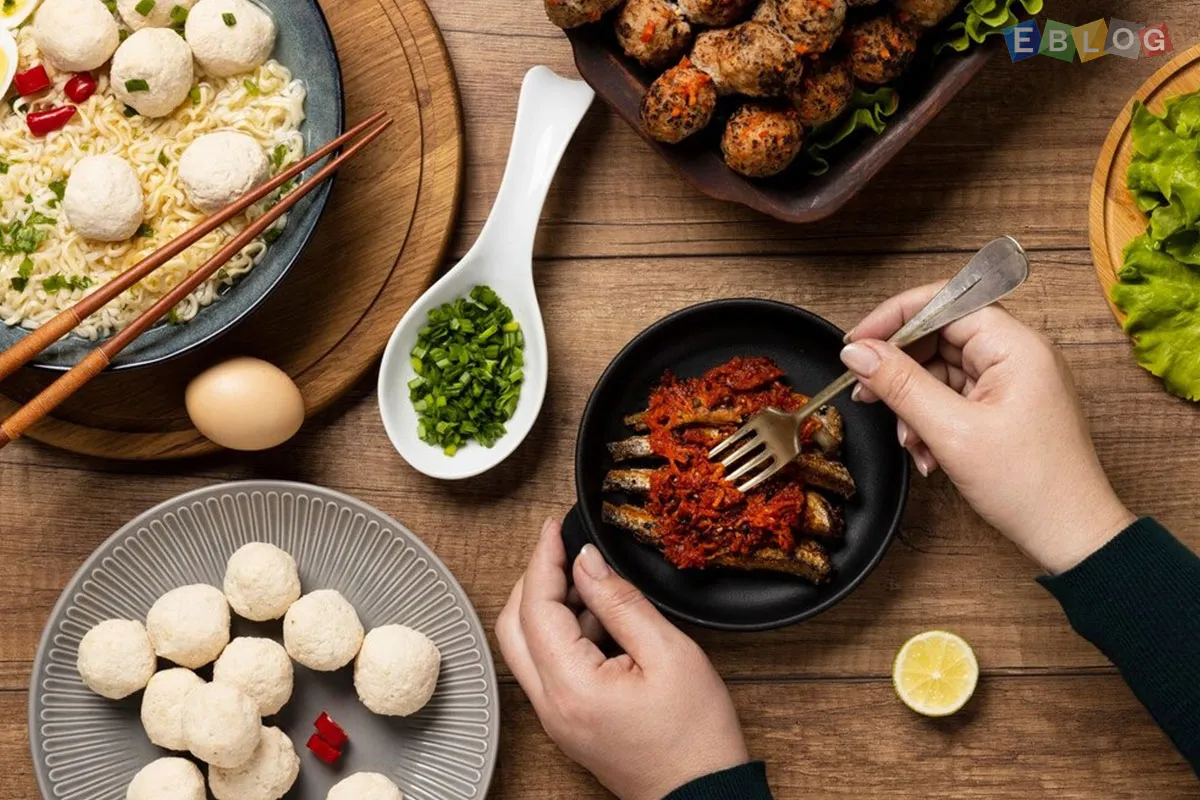


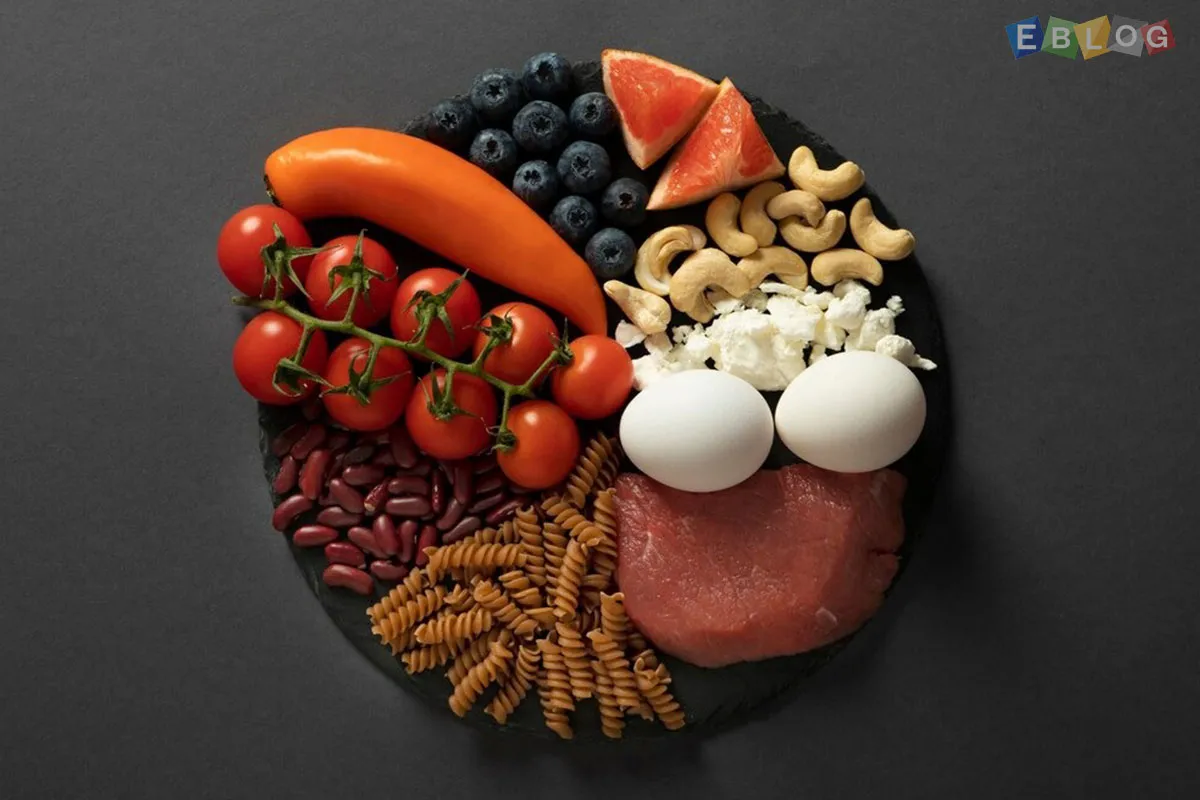
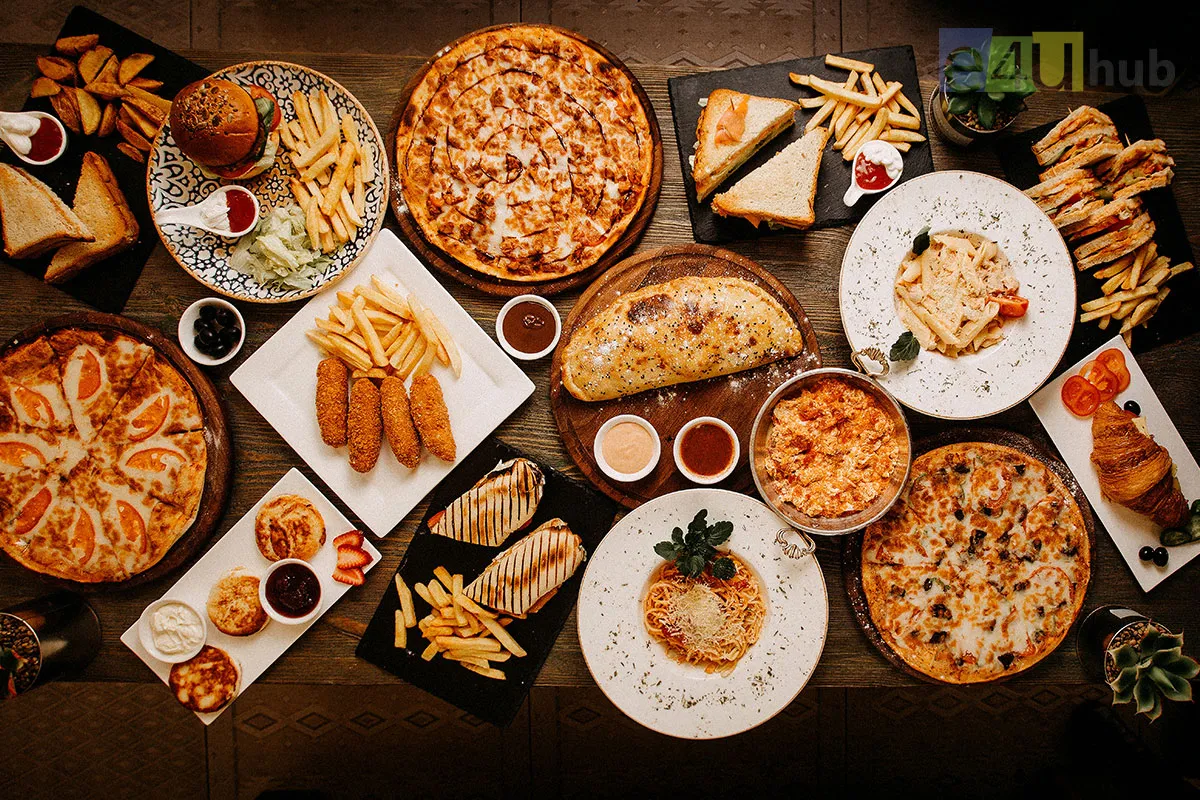

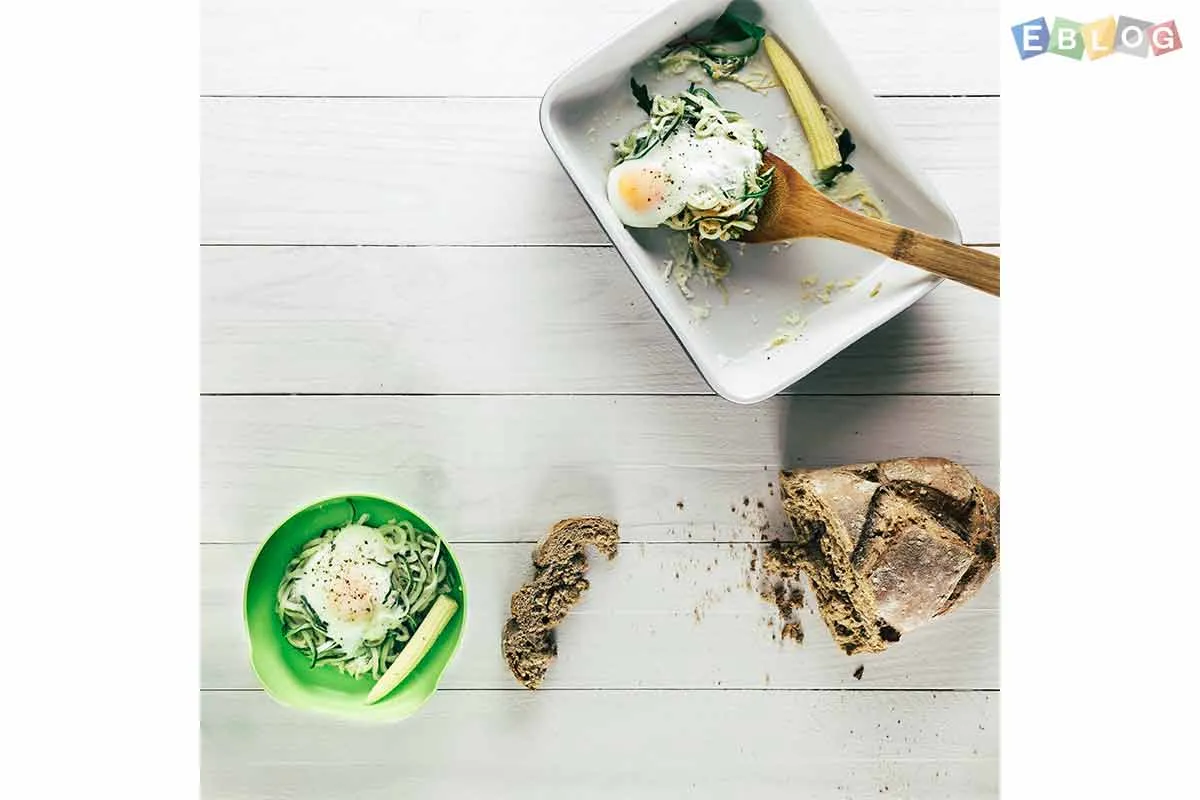


Leave a Reply